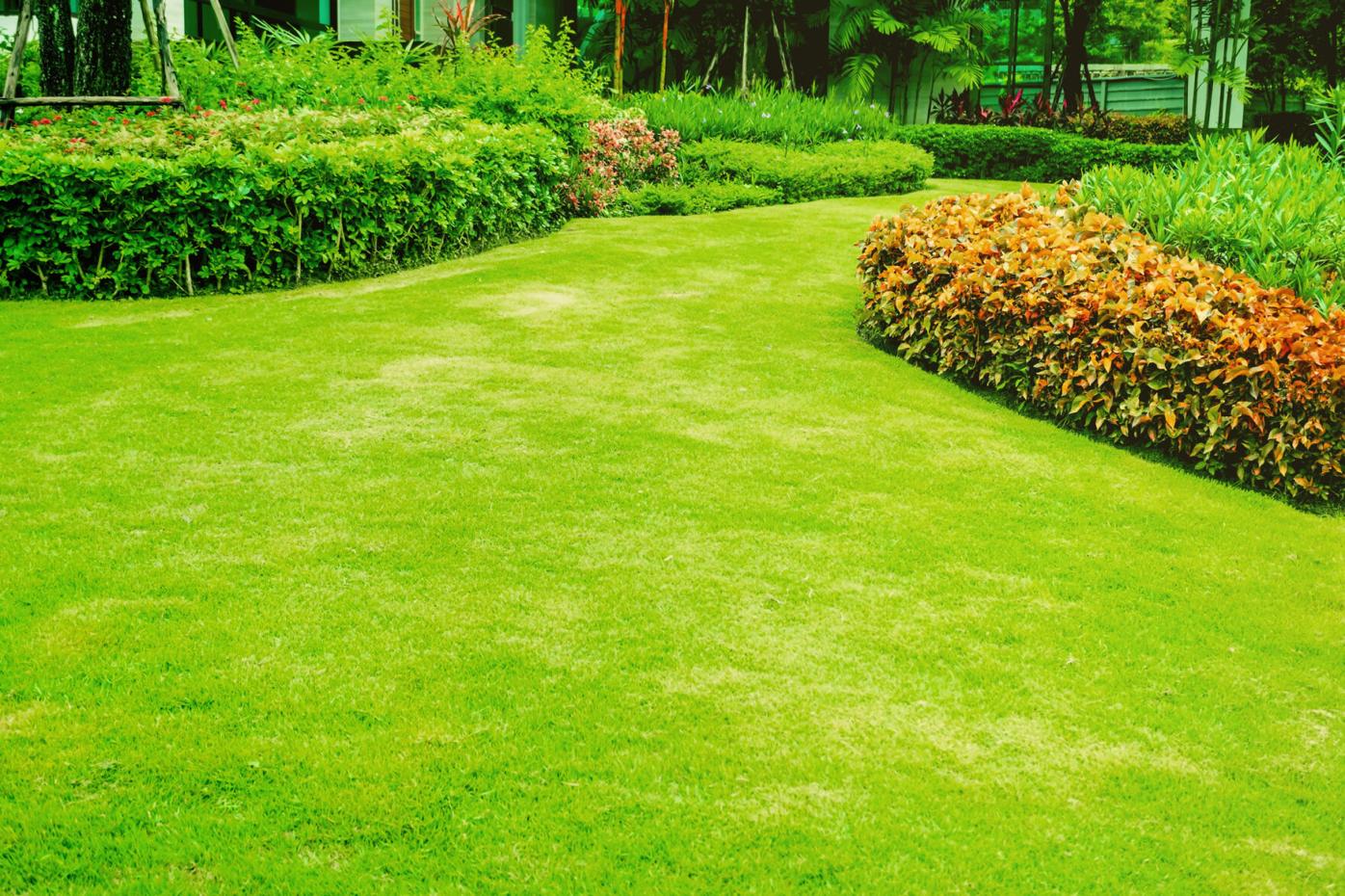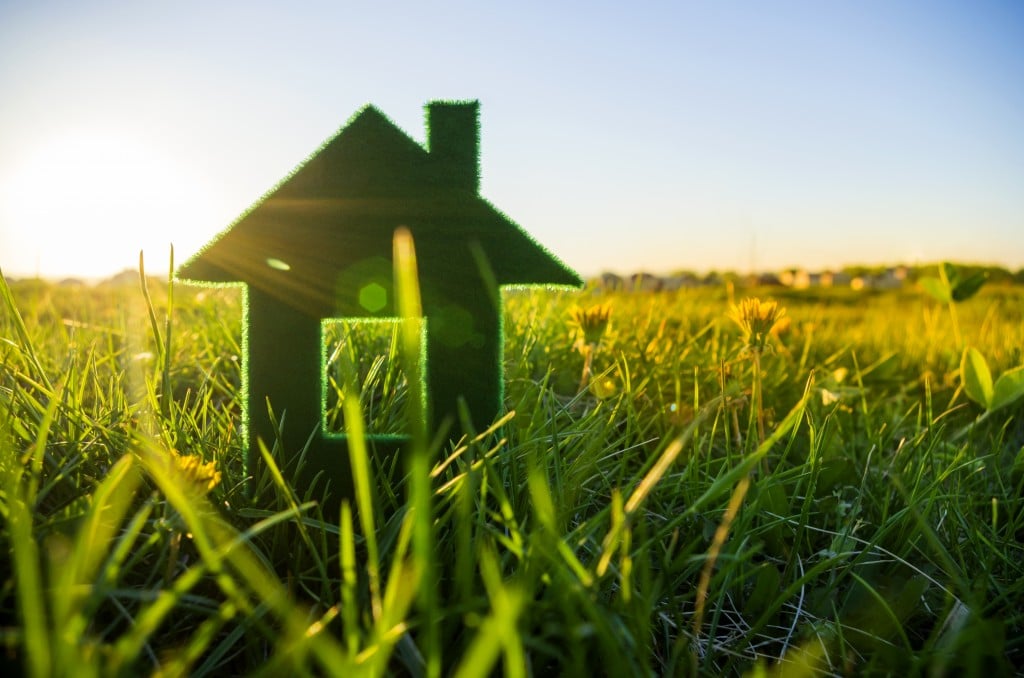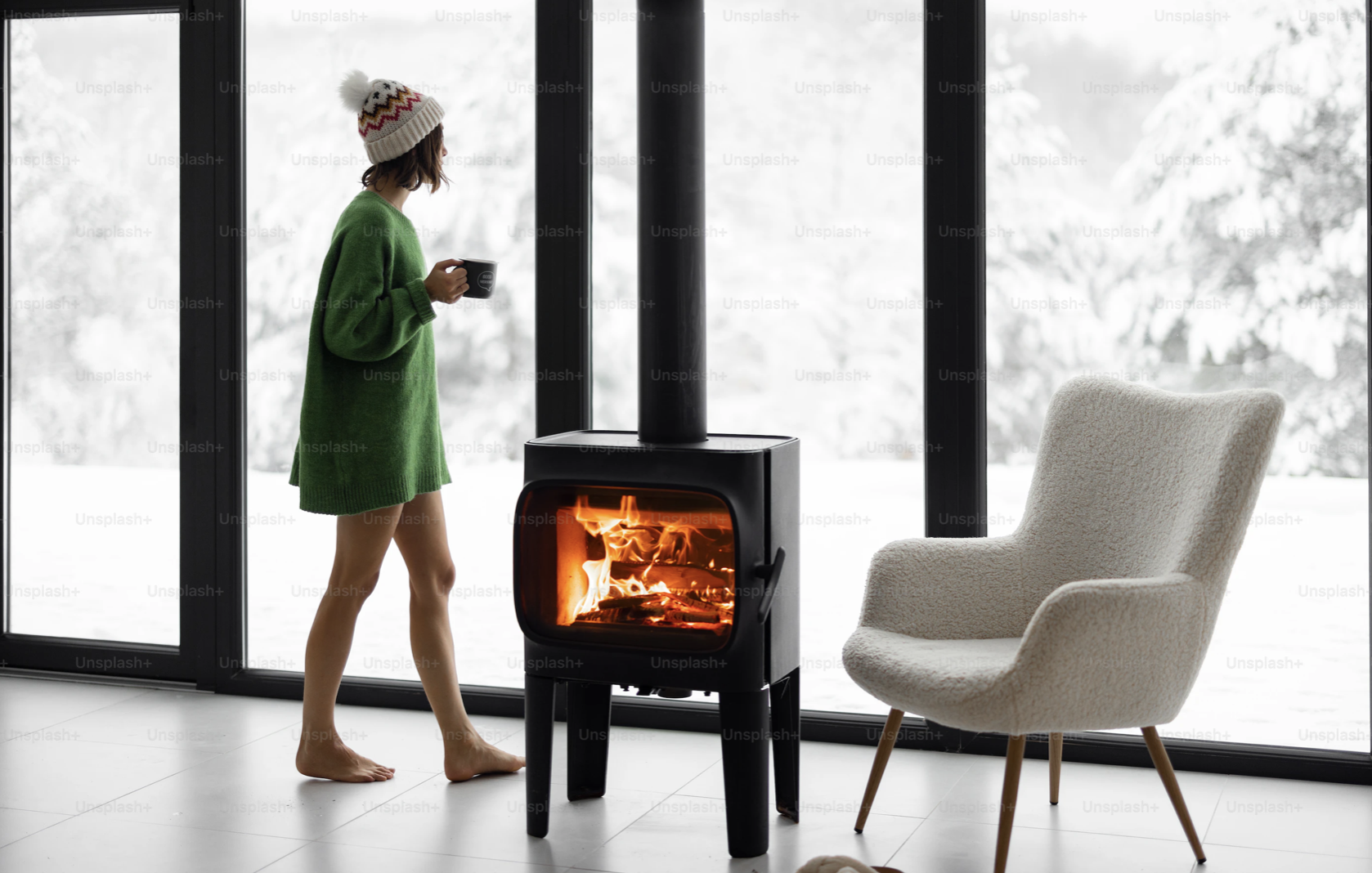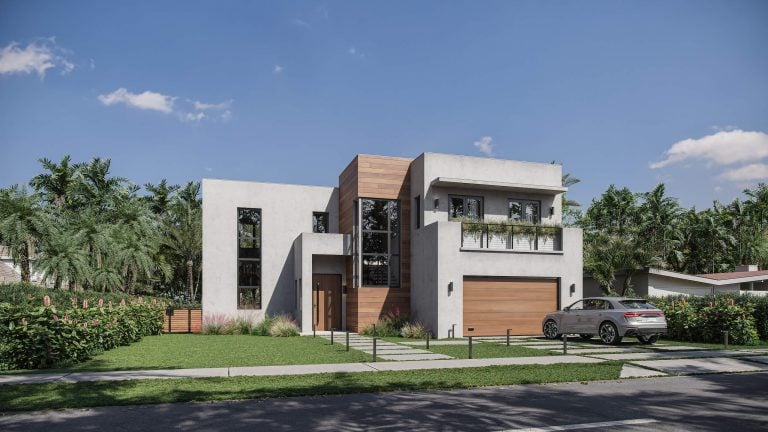How to Create and Sustain a Beautiful Lawn in Louisiana’s Humid Climate

Table of Contents
Louisiana, a state characterized by its enchanting bayous, vibrant culture, and, notably, its humid climate, presents both challenges and opportunities for homeowners aspiring to cultivate a lush and vibrant lawn. The subtropical climate, with its warm temperatures and high humidity levels, creates a unique set of circumstances that significantly influence the way lawns should be cared for and maintained.
By empowering homeowners with knowledge and practical tips, we aim to guide you through the intricacies of creating and sustaining a beautiful lawn amidst the bayou’s humidity. From grass selection to seasonal maintenance, let us go on a journey to transform your outdoor space into a thriving oasis, uniquely adapted to the rhythm of Louisiana’s climate.
Understanding Louisiana’s Climate
Louisiana’s climate is a dynamic force that shapes the very fabric of its land. As we delve into the complexities of this region, it becomes apparent that unique challenges arise, demanding a thoughtful and adaptive approach to lawn care.
One of the defining features is the state’s high humidity levels, a characteristic influence that dictates the rhythm of nature. The warm temperatures combined with moisture-laden air create an environment where grasses, soils, and the overall health of lawns face distinct challenges.
The impact of high humidity on the elements of a lawn is multifaceted. Grass, being the primary canvas of any lawn, often struggles with excessive moisture retention. This creates an environment conducive to the growth of fungi and molds, posing a threat to the very foundation of a healthy lawn.
Soil composition is also significantly influenced, as the constant moisture can lead to compaction and reduced aeration, affecting the overall nutrient absorption capacity of the soil. Consequently, maintaining an optimal balance becomes a delicate dance, requiring an informed and strategic approach.
Soil Preparation and Fertilization
Soil preparation is the bedrock of a successful lawn care strategy. The importance of this initial assessment cannot be overstated, as it provides invaluable insights into the current state of the soil and allows homeowners to tailor their lawn care approach accordingly. By understanding factors such as pH levels, nutrient composition, and soil structure, individuals can make informed decisions regarding grass selection before paying a visit to sod stores.
Improving soil drainage and aeration stands as a fundamental task in the pursuit of a healthy Louisiana lawn. Given the state’s high humidity, soils are prone to compaction, limiting the movement of air and water. Incorporating organic matter, such as compost or well-rotted manure, into the soil promotes improved drainage and aeration.
Fertilization must be tailored to address the challenges of the region’s humid conditions. Nitrogen, phosphorus, and potassium are primary nutrients that should be present in the fertilizer, but the ratios and application timing require careful consideration.
Choosing the Right Grass
When selecting the right grass for a Louisiana lawn, several key factors come into play. Soil type, sunlight exposure, and maintenance preferences are critical considerations influencing the decision-making process. Zoysia grass, for example, excels in full sunlight and well-drained soils, making it an ideal choice for areas with ample sun exposure. On the other hand, Centipede grass, known for its low maintenance requirements, may be preferable for those seeking a more effortless lawn care routine.
Tips for grass seed selection in Louisiana extend beyond the mere identification of suitable species. Homeowners in Lake Charles, for instance, where humidity is very high, should specifically seek out varieties that demonstrate resistance to the dual challenges of heat and humidity. Opting for heat-tolerant and resilient Bermuda grass ensures the lawn not only survives but remains vibrant and healthy in the face of Louisiana’s climatic extremes.
Watering Techniques
In the humid embrace of Louisiana’s climate, mastering effective watering practices is paramount for maintaining a thriving lawn. Best practices in this environment revolve around achieving a delicate balance. While the state’s high humidity contributes to natural moisture in the air, it doesn’t negate the need for thoughtful irrigation.
Deep and infrequent watering is recommended, allowing the soil to absorb moisture more effectively and encouraging the development of deep, drought-resistant roots. This not only maximizes water utilization but also mitigates the risk of shallow root systems vulnerable to the challenges of Louisiana’s unique climate.
Creating a proper watering schedule is essential. The goal is to avoid the pitfalls of both overwatering and underwatering, striking a harmonious balance that sustains optimal soil moisture levels. Embracing technology can further enhance water conservation efforts. Smart irrigation systems offer an intelligent and automated approach to watering, allowing for precise control and customization based on real-time weather data.
Weed and Pest Control
Louisiana’s lawns are not immune to common weeds and pests that can pose challenges to maintaining a pristine lawn. Identifying and understanding these adversaries is the first step in effective weed and pest control. Common weeds in the region include crabgrass, dandelions, and clover, while pests such as chinch bugs, armyworms, and fire ants can wreak havoc on lawns.
DIY methods play a crucial role in weed prevention and organic pest control, offering environmentally friendly alternatives to chemical solutions. Mulching, for example, serves as a natural weed suppressant, preventing weed growth by blocking sunlight and inhibiting germination. Additionally, hand weeding and proper lawn mowing practices can be effective in controlling weed populations without resorting to chemical interventions.
For organic pest control, introducing beneficial insects like ladybugs and using neem oil can be instrumental in managing unwanted visitors without compromising the health of the lawn or the surrounding ecosystem.
Mowing and Lawn Maintenance
It is essential to adhere to a regular mowing schedule, especially during the growing season, to ensure the optimal length for grass health. The ideal mowing height varies for different grass types commonly found in Louisiana. For warm-season grasses like Bermuda and Zoysia, a lower mowing height is recommended, typically ranging from 1 to 2 inches. Conversely, Centipede grass thrives at a slightly higher mowing height of 1.5 to 2.5 inches.
These specifications ensure that the grass retains enough leaf surface for photosynthesis, promoting robust growth while preventing stress. Consistent inspection and maintenance of equipment contribute to the efficiency of the mowing process, promoting a well-groomed lawn that stands resilient against the challenges of Louisiana’s climate.
Shade and Sun Considerations
Adequate shade helps mitigate moisture loss from the soil, reducing the risk of drought stress on the grass. Shaded areas often experience less evaporation, creating a more favorable environment for soil moisture retention.
Selecting the right tree species, such as Live Oaks or Crepe Myrtles, and properly placing them can also aid in reducing surface temperatures, creating a more comfortable outdoor environment. Moreover, the presence of trees introduces an additional layer of biodiversity, fostering a healthier ecosystem.
While shade is beneficial, certain grass types thrive with a balanced amount of sunlight. Strategic lawn planning involves understanding the sunlight requirements of the chosen grass species and adjusting tree placement accordingly. This balance ensures that the lawn receives enough sunlight to support healthy photosynthesis, fostering robust growth and resilience against common challenges like pests and diseases.
Conclusion
Understanding the complexities of Louisiana’s climate is the first step toward success. From choosing the right grass types and meticulous soil preparation to embracing water-saving techniques and strategic shade considerations, each tip contributes to the holistic approach required for thriving lawns in the bayou.
By implementing the insights gained from this guide, you’re transforming an outdoor space into a haven for relaxation, recreation, and connection with nature. But you’re not just cultivating a lawn; you’re crafting an environment that harmonizes with Louisiana’s dynamic climate and contributes to the ecological richness of the region.






